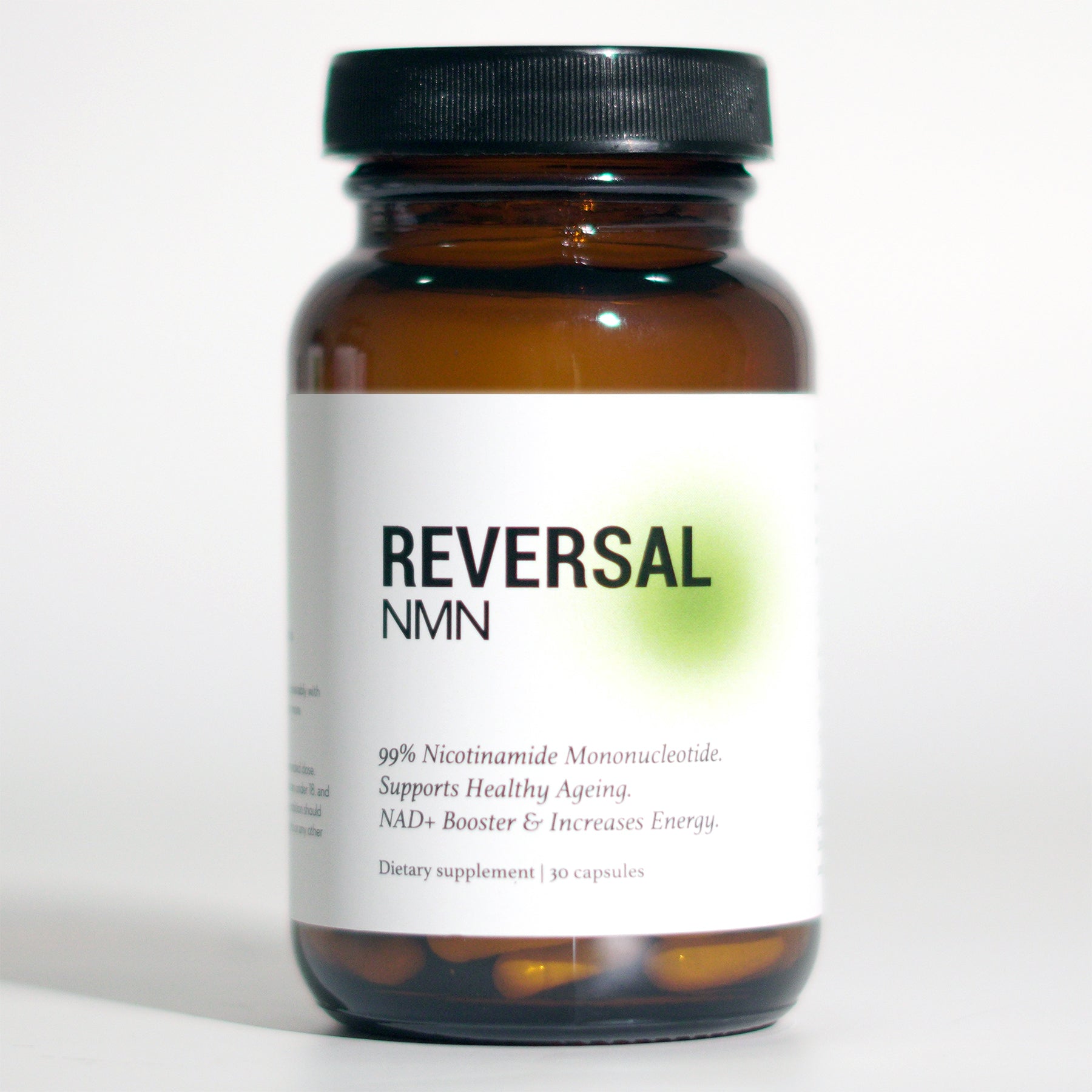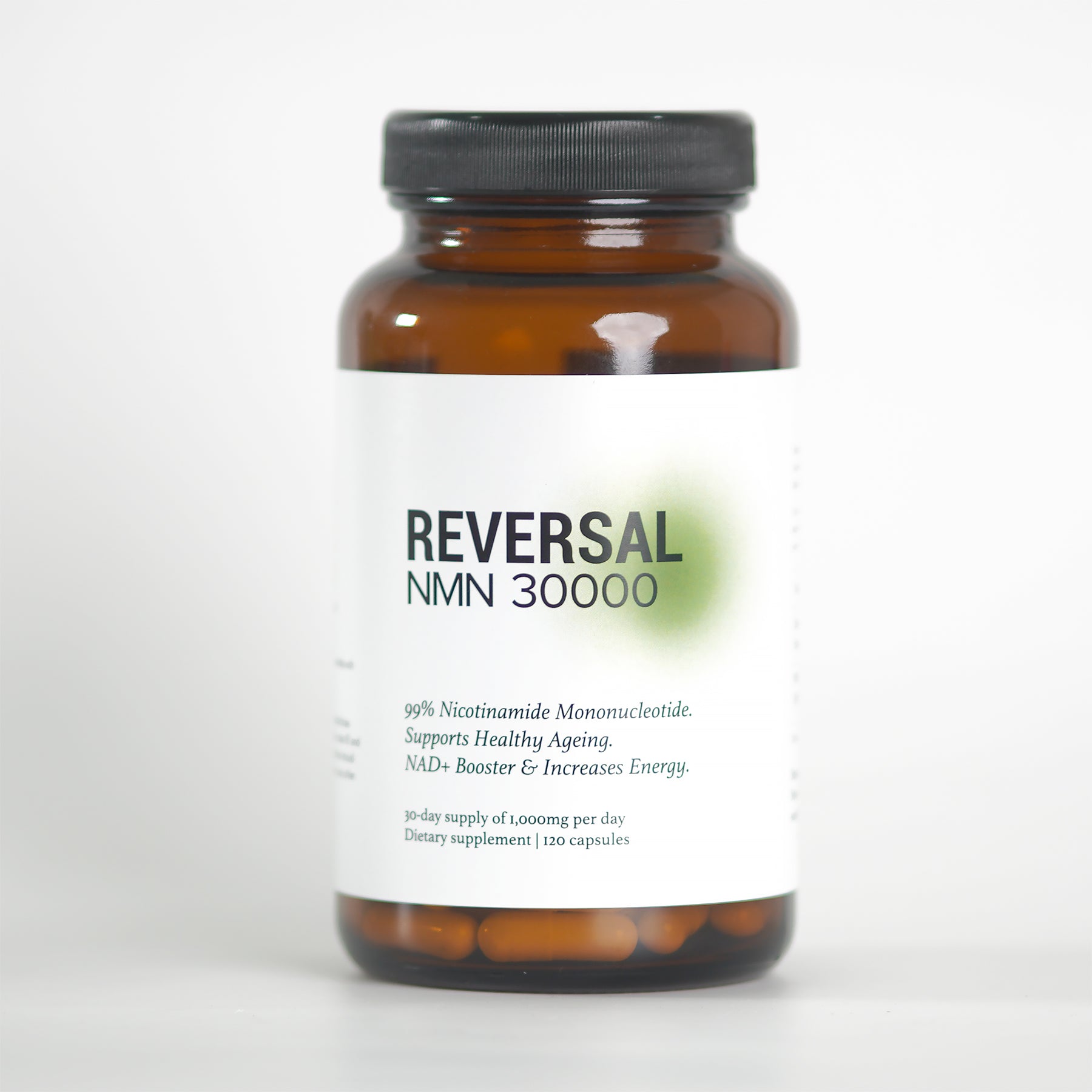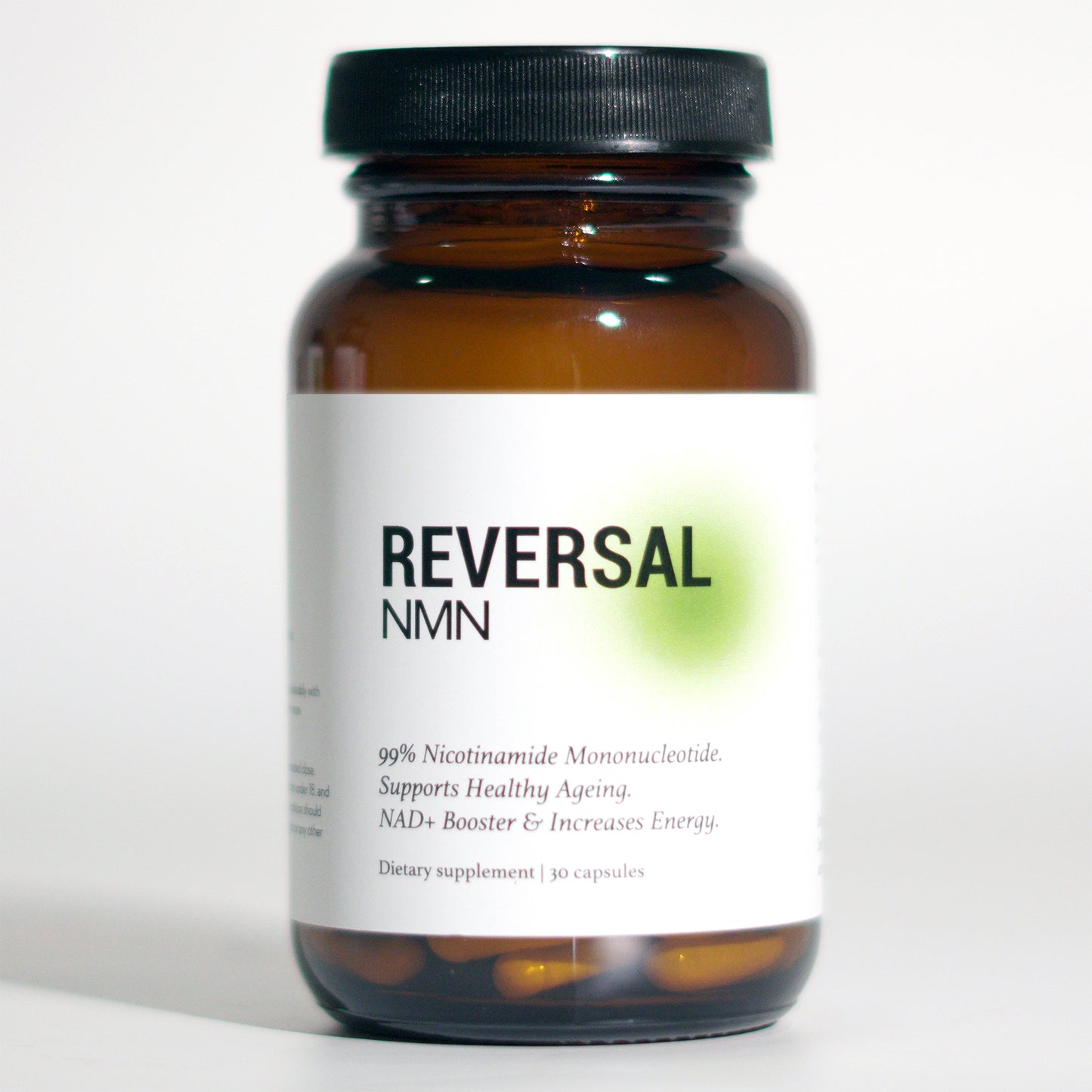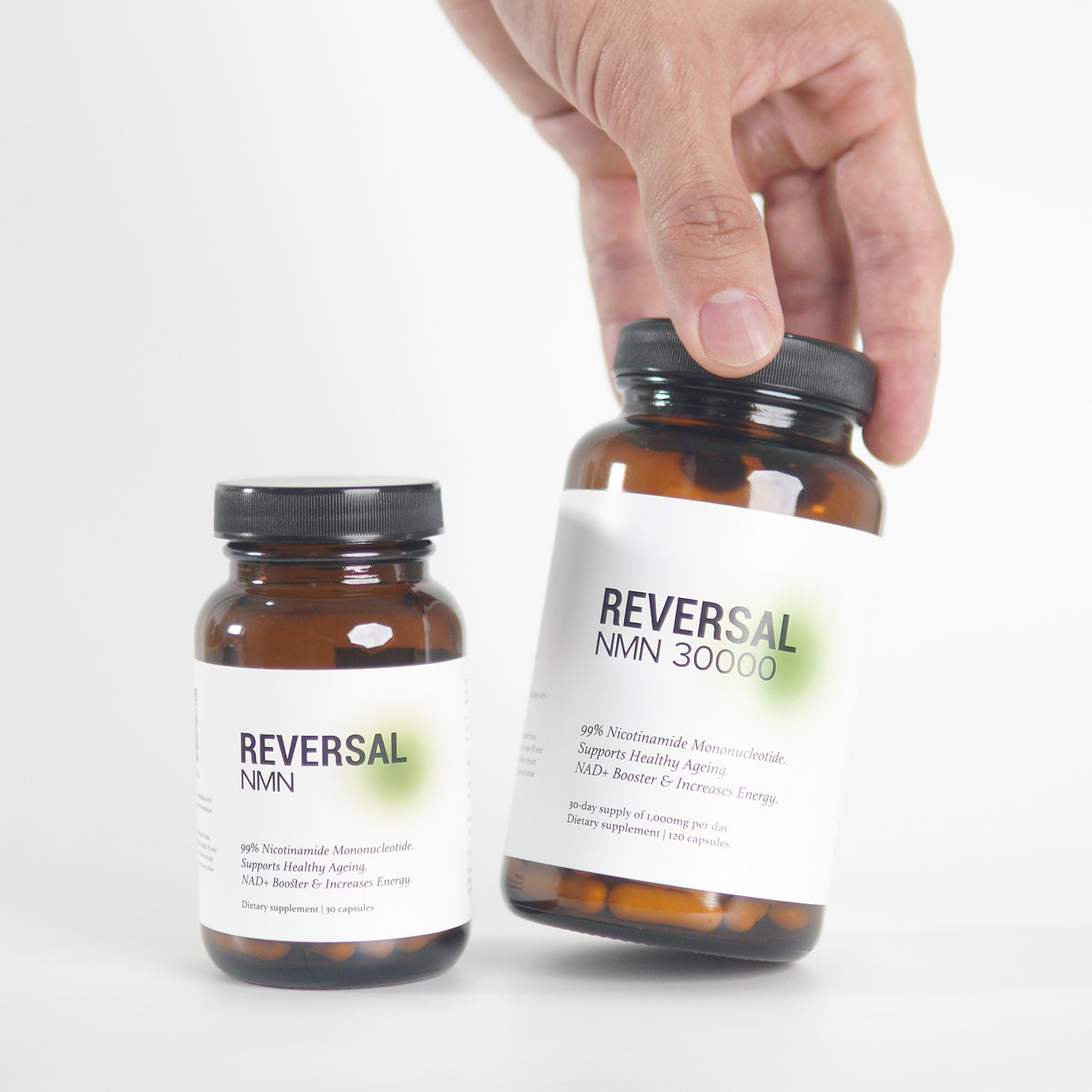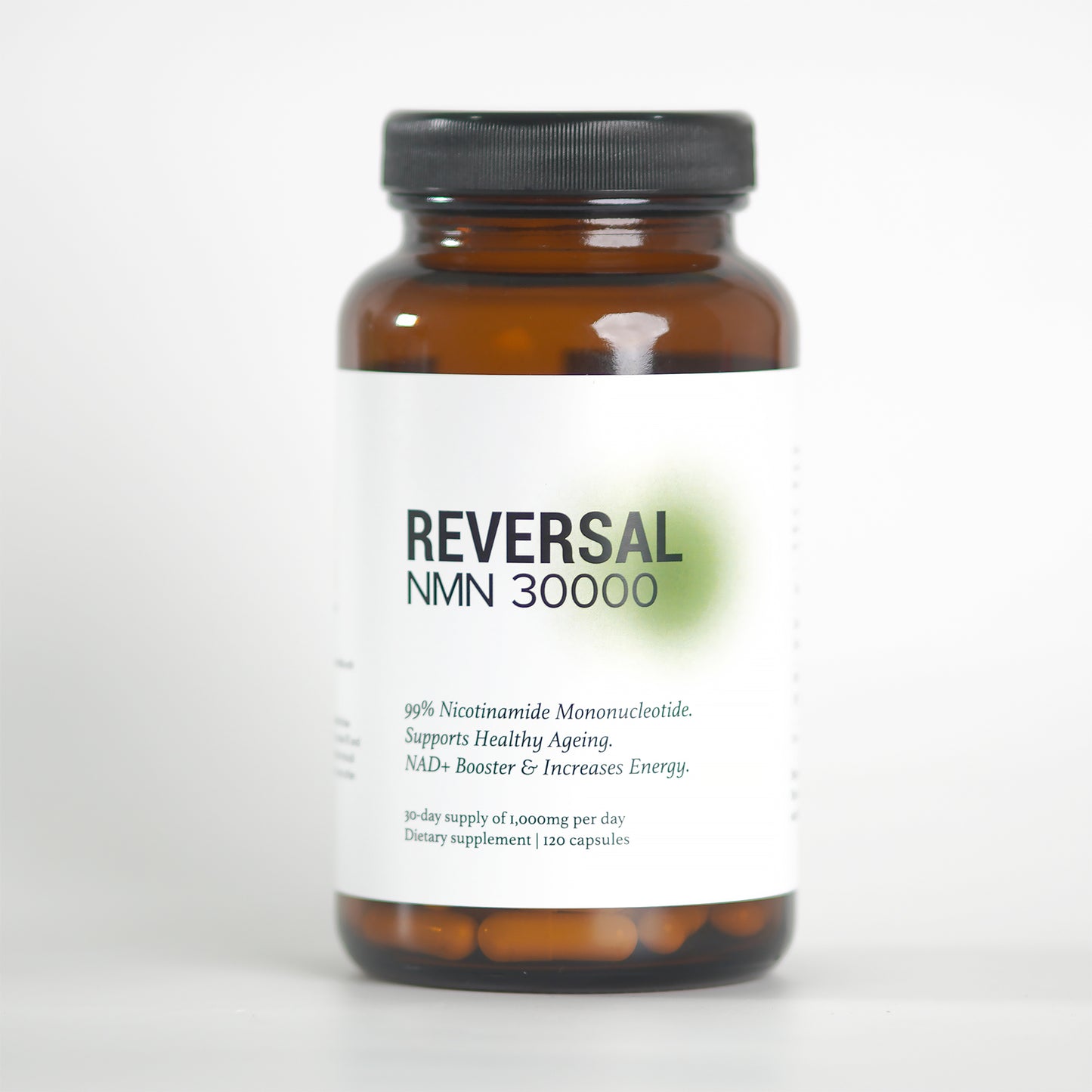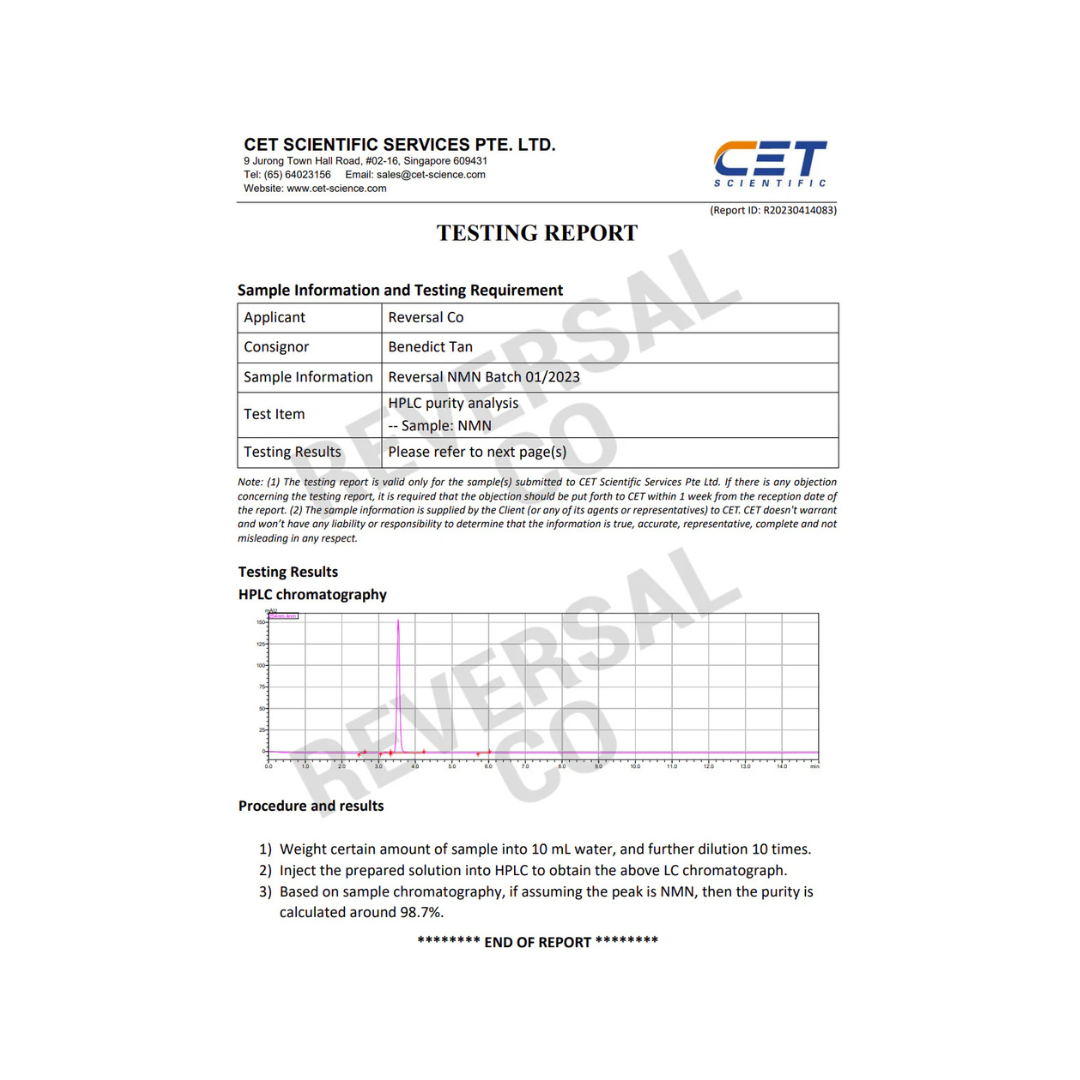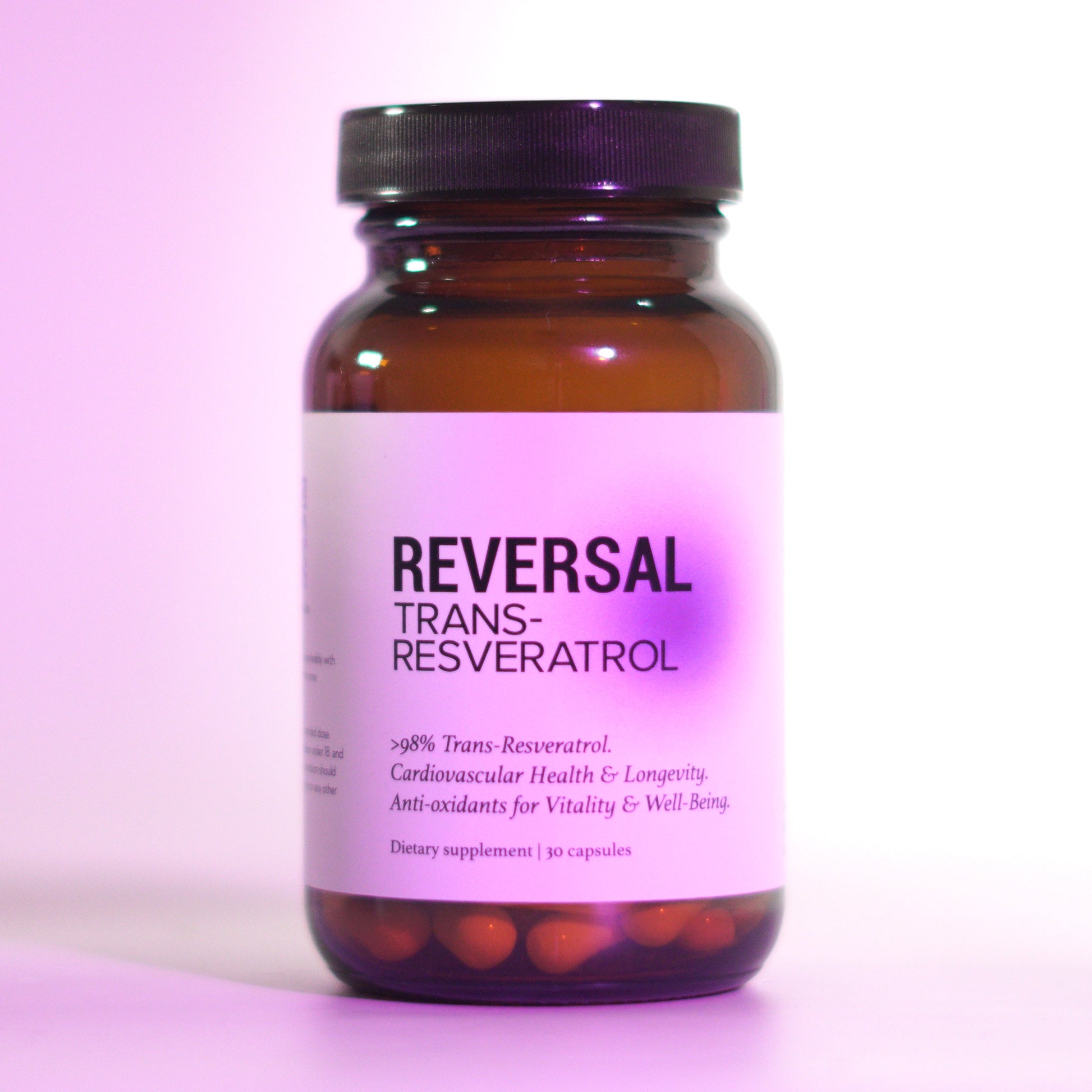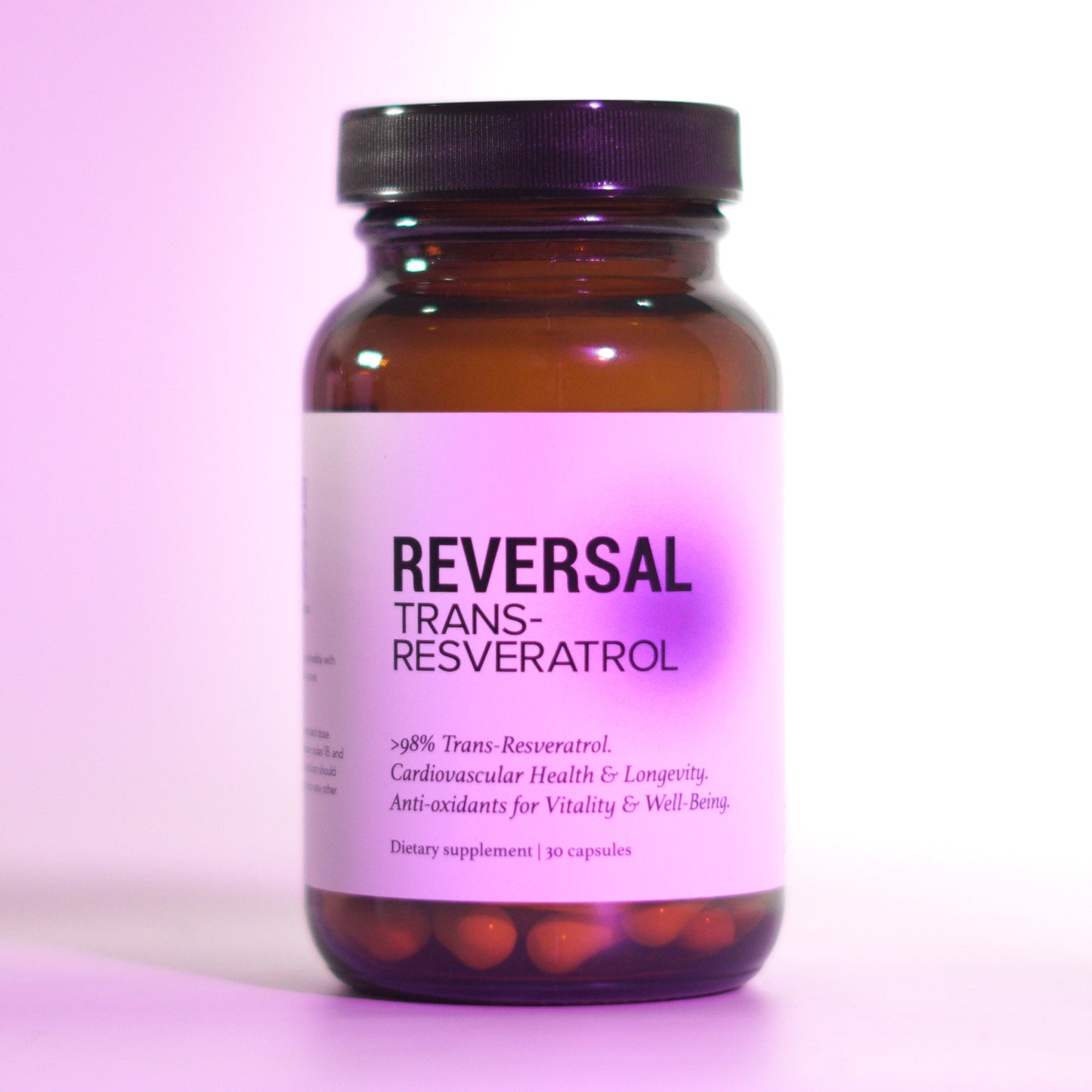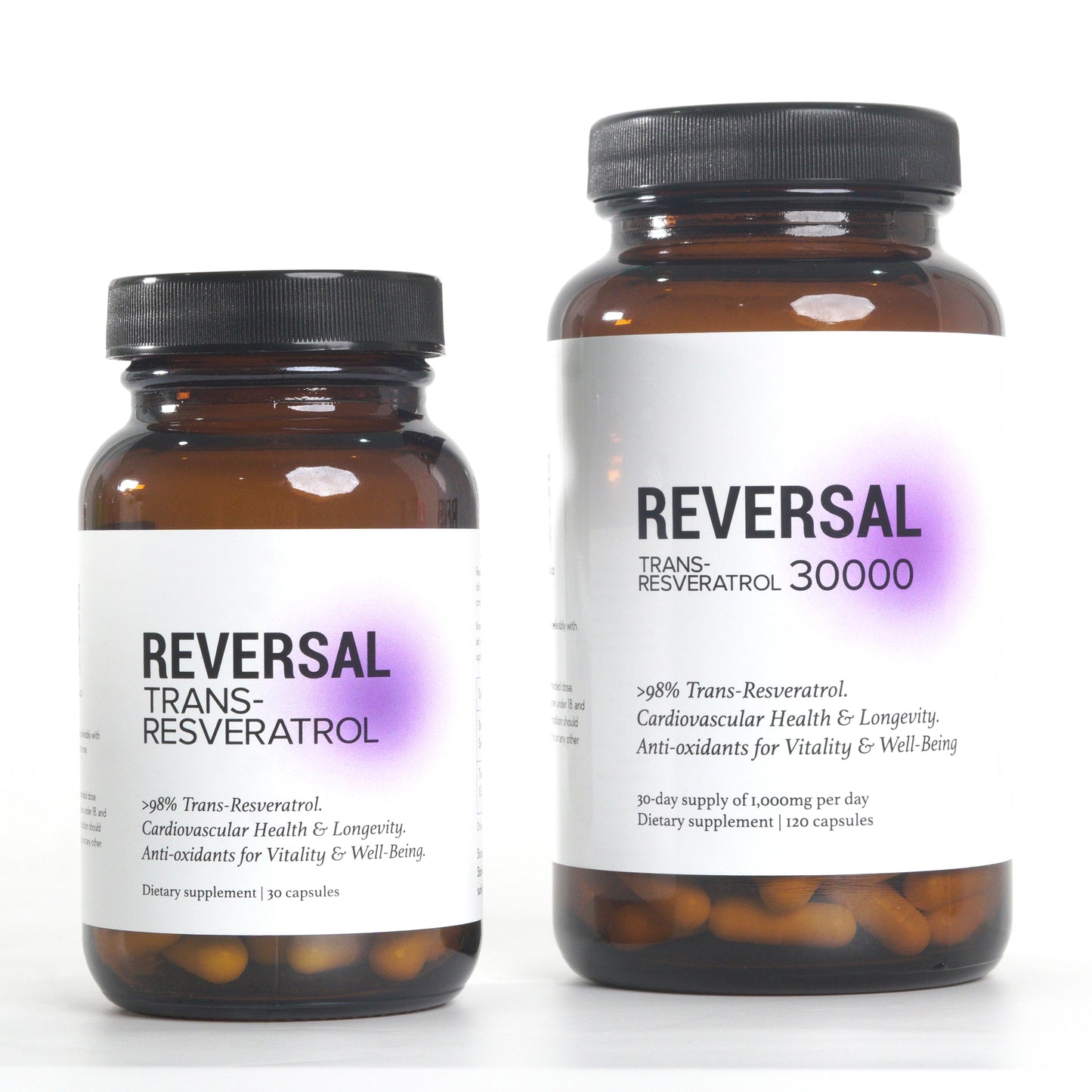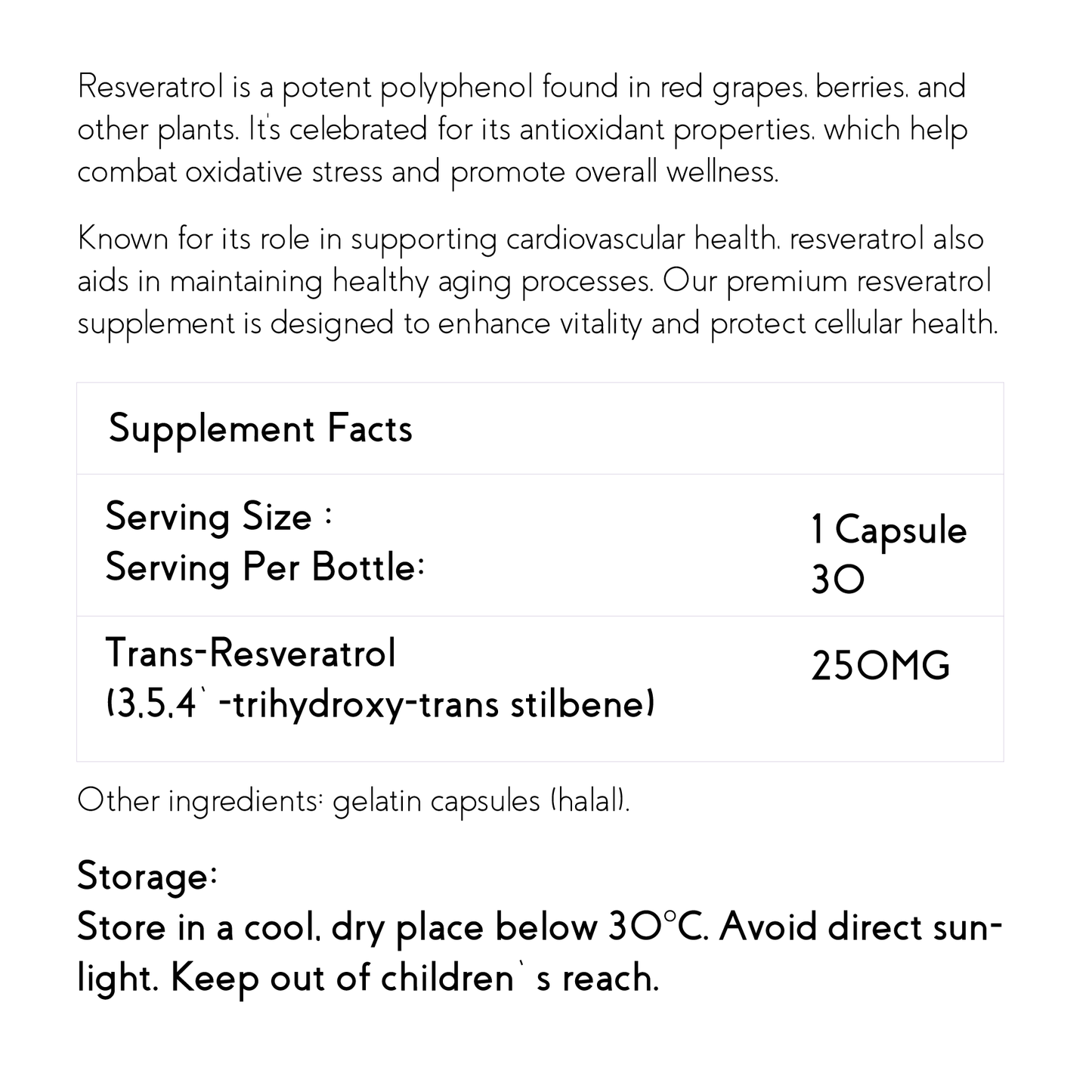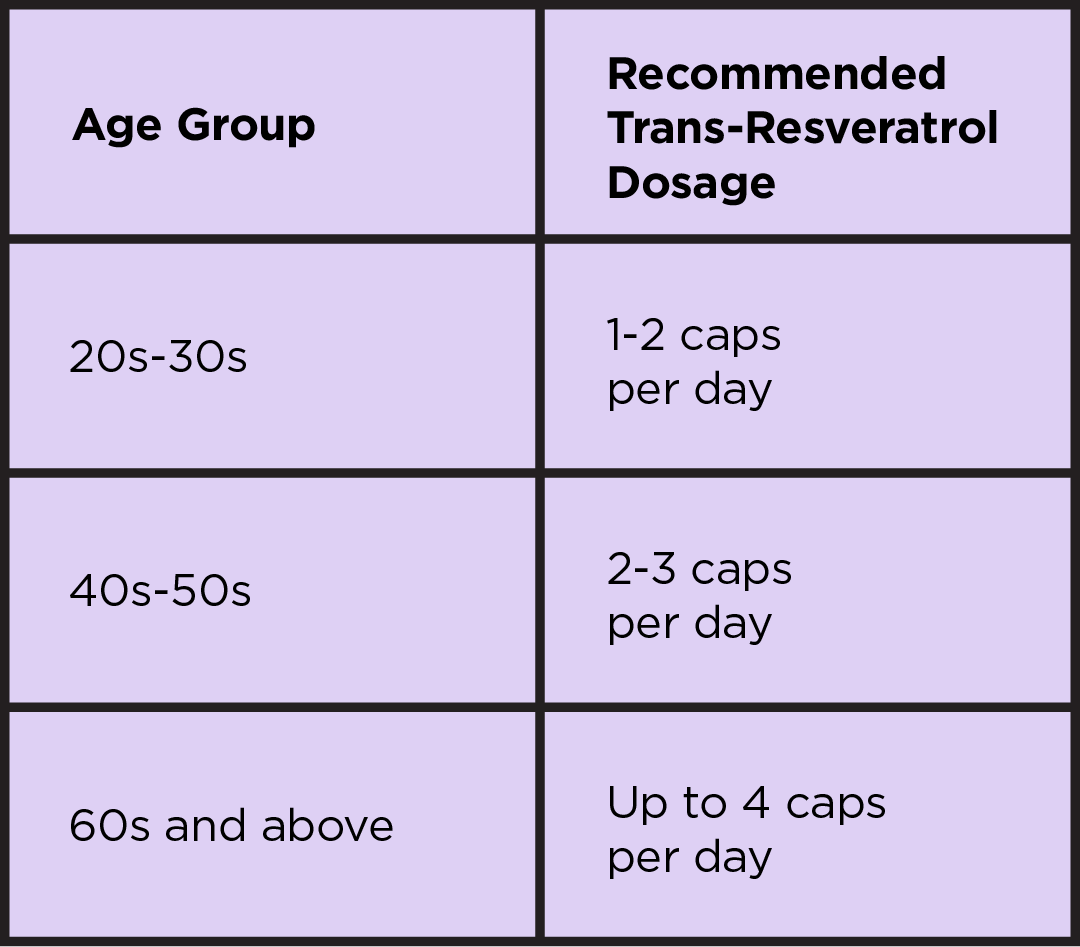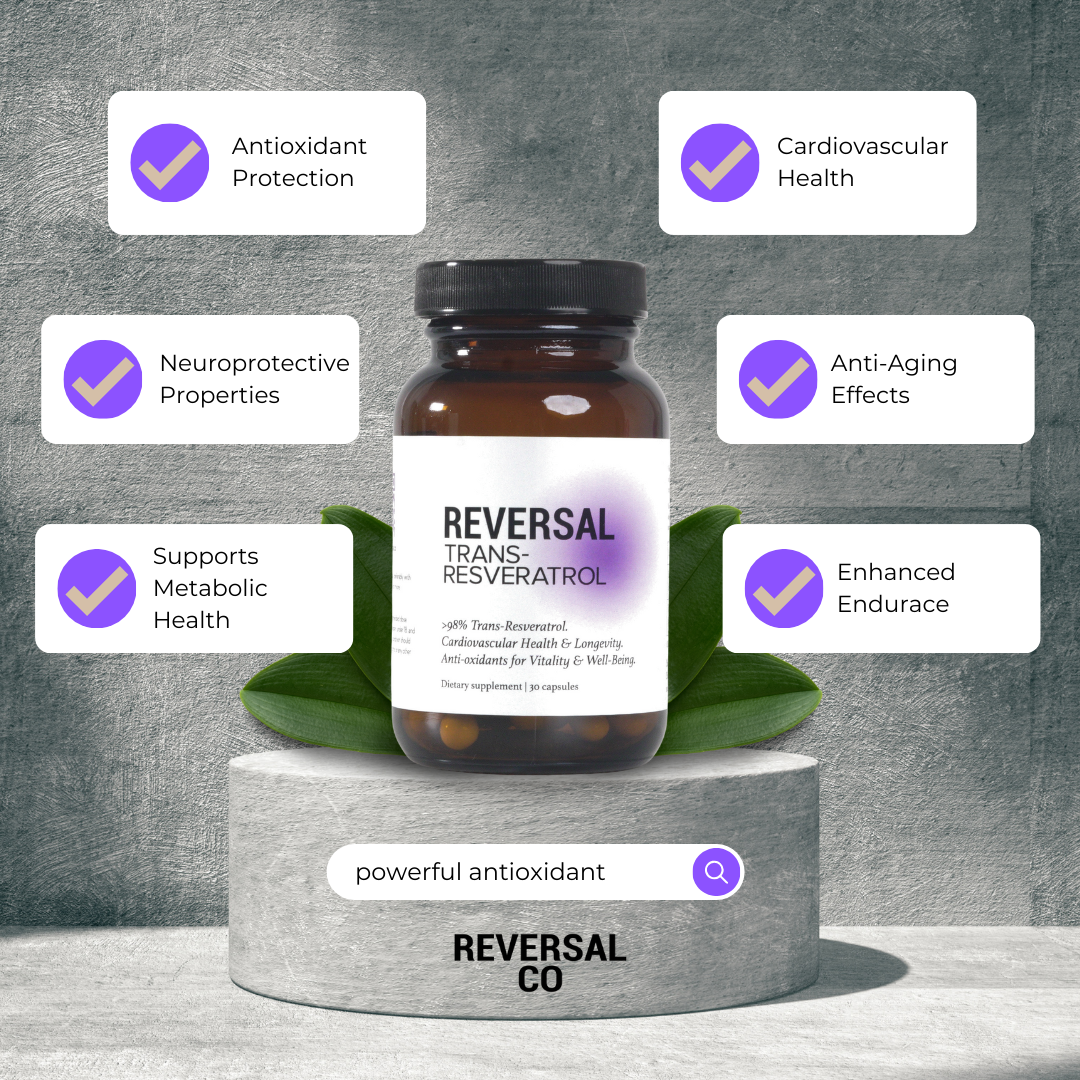Collagen has taken center stage in the booming wellness industry, amassing a legion of devotees who tout it as the elixir for vibrant skin, sturdy nails, and supple joints. But the true power of collagen lies far beneath its surface-level beauty benefits. As a complex protein, its prowess can be attributed to the distinctive amino acids that comprise its structure.
Amino Acids Found in Collagen
The building blocks of proteins, amino acids, come in various forms—essential, nonessential, and conditional. Essential amino acids cannot be synthesized by the human body and must be obtained through diet. Nonessential amino acids are typically produced by the body, and conditional amino acids are normally nonessential except in times of stress or illness.
Distinctive Amino Acids in Collagen
Collagen, in particular, is rich in a unique blend of amino acids, predominantly glycine, proline, and hydroxyproline, which accounts for about 50% of its total amino acid content. These are not considered essential amino acids, yet they play vital roles in the health and maintenance of our connective tissues. Let's delve into the amino acid profile of collagen and unravel how these components contribute to the structural integrity and function of this crucial protein.
- Glycine - This diminutive amino acid might lack complexity, but it certainly doesn't skimp on responsibility. As the simplest of all amino acids, glycine makes up a substantial part of the collagen triple helix structure. Its small size allows the collagen fibers to tightly pack together, providing the tensile strength that tissues like skin, tendons, and ligaments rely on. Additionally, glycine has other critical functions, such as contributing to the production of glutathione, an essential antioxidant that protects cells from damage.
- Proline - Another nonessential amino acid, proline, imparts flexibility to the collagen structure. When proline undergoes a biochemical change to become hydroxyproline—a process that requires vitamin C—it gives collagen fibers their stable triple helix configuration. The importance of this configuration cannot be understated; it is proline's presence that equips collagen with the unique ability to support and maintain the structure of tissues including cartilage, bones, and skin.
- Hydroxyproline - This conditional amino acid is rare in proteins other than collagen. Hydroxyproline stabilizes the collagen helix and is vital for maintaining the overall stability of the collagen fiber. It's important to note that without adequate vitamin C levels, the conversion of proline to hydroxyproline can be compromised, leading to weakened collagen structures, a deficiency demonstrated deplorably in the disease scurvy.
Apart from these primary amino acids, collagen also contains arginine, alanine, and glutamate. Arginine plays a significant role in wound healing and the production of nitric oxide, which assists in regulating blood flow and blood pressure. Alanine, another nonessential amino acid, is critical for preserving vital tissues and energy. Glutamate, meanwhile, acts as a neurotransmitter in the brain and is involved in muscle maintenance and immune system support.
Collagen Supplements
While the body can produce some collagen naturally, the rate of collagen production decreases as we age. This gradual decline begins as early as our twenties and continues throughout our lifetime, which can result in the common signs of aging such as wrinkles and joint pain.
This is where collagen supplements come into play. One can ingest collagen extracted from animal tissues in the form of hydrolyzed collagen, which is collagen that has been broken down into smaller peptides to enhance absorption. These supplements often derive from bovine, porcine or marine sources and can help replenish the body's collagen levels when endogenous production begins to wane. The Journal of Agricultural and Food Chemistry published a study indicating the potential benefits of hydrolyzed collagen for skin and joint health.
When implementing collagen into your diet, consider the quality of the source. Grass-fed, pasture-raised, wild-caught, and organic options make a difference not only in the sustainability of the product but also potentially in its efficacy. Moreover, keeping a diet rich in vitamin C is crucial, as it is key for the synthesis of collagen. Citrus fruits, peppers, strawberries, and brussels sprouts are all excellent sources of vitamin C.
For the vegetarians and vegans out there, building a strong amino acid profile to support your body's collagen production is still possible, albeit indirectly. While plant-based collagen is not available due to collagen being an inherently animal protein, certain nutrients can help support the body's collagen production. Lysine and threonine are two essential amino acids found in legumes and seeds that can aid collagen synthesis indirectly by supporting its associated pathways.
Although the market is flooded with an array of products, individual needs and responses to collagen supplementation may vary. It's always advisable to consult with a healthcare provider before beginning any new dietary regimen. Only a professional can consider all the factors of an individual's health profile and recommend an appropriate course of action.
In Conclusion
In conclusion, the amino acid profile of collagen is a testament to the intricate, interdependent web of nutrients that our bodies rely on for structural support. Understanding this profile not just arms us with knowledge but also with the power to make informed choices about our health and wellness. As research continues to unfold the depths of collagen's capabilities, remember that the consumption of a balanced diet is the cornerstone of any supplement routine and is instrumental in maintaining the body's harmony and vitality.
The old adage "you are what you eat" resonates profoundly when it comes to collagen. By attending to the pillars of our nutrition, we pave the way for sustained health and longevity, allowing our bodies—supported by an intricate scaffolding of amino acids—to thrive.


